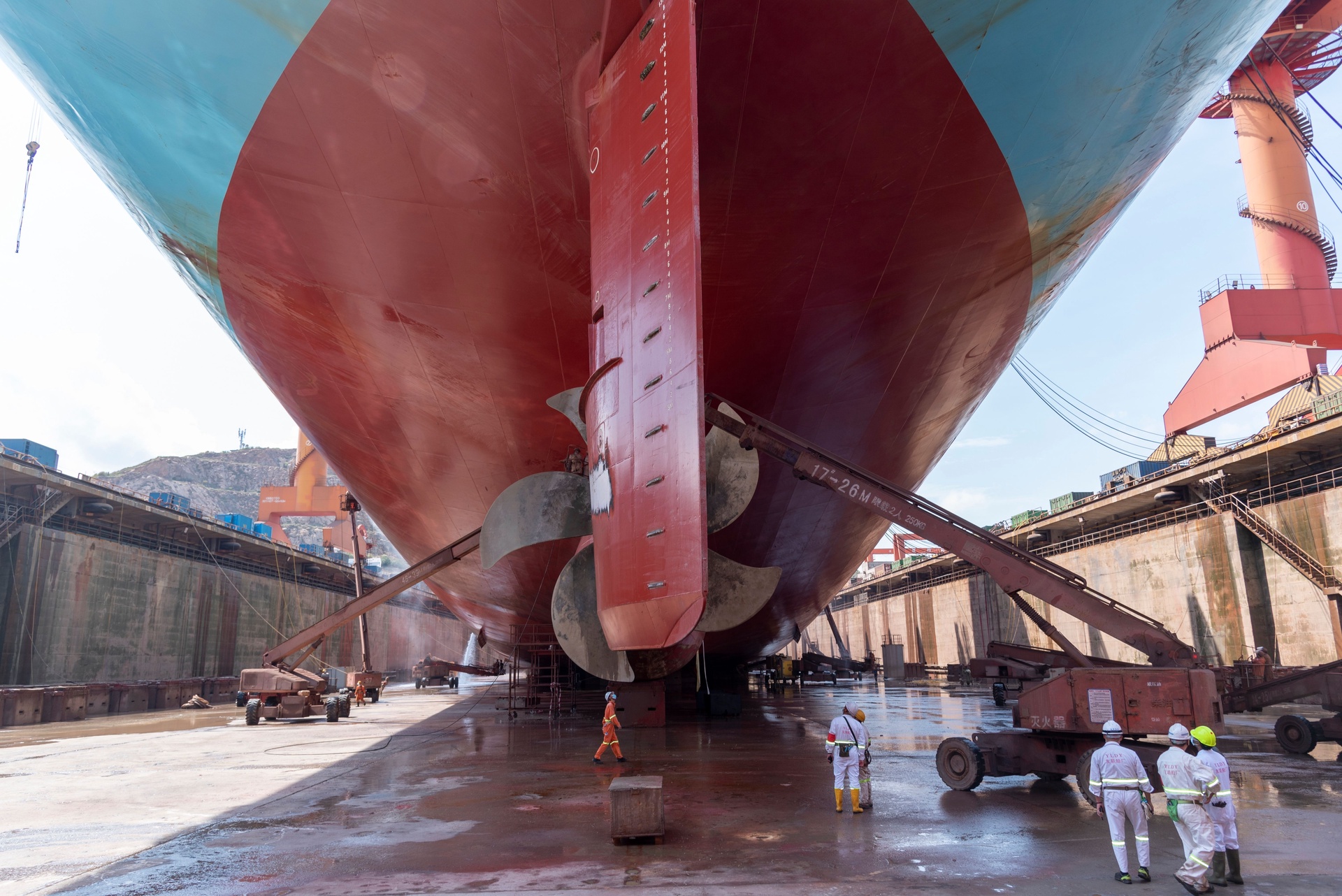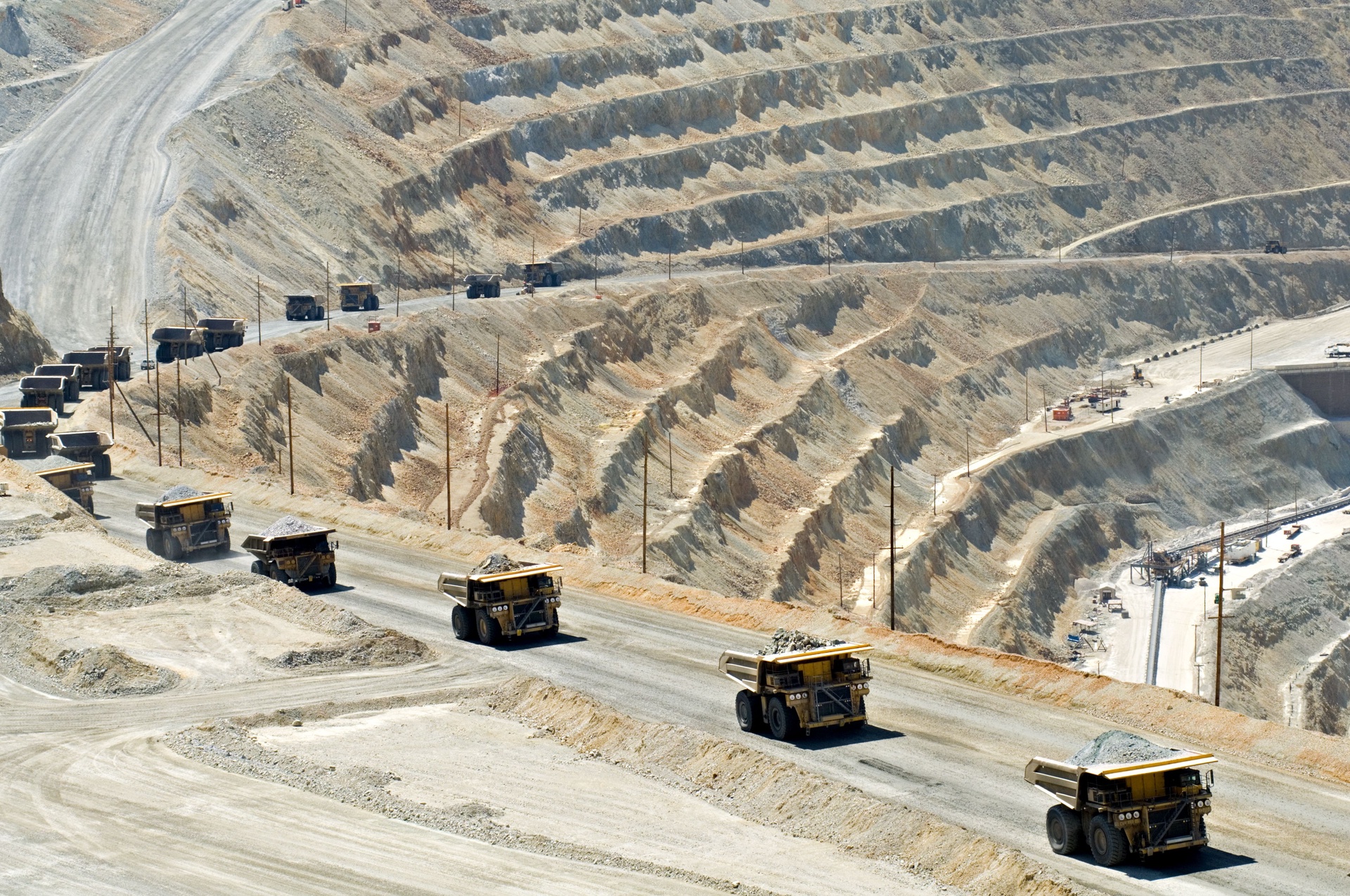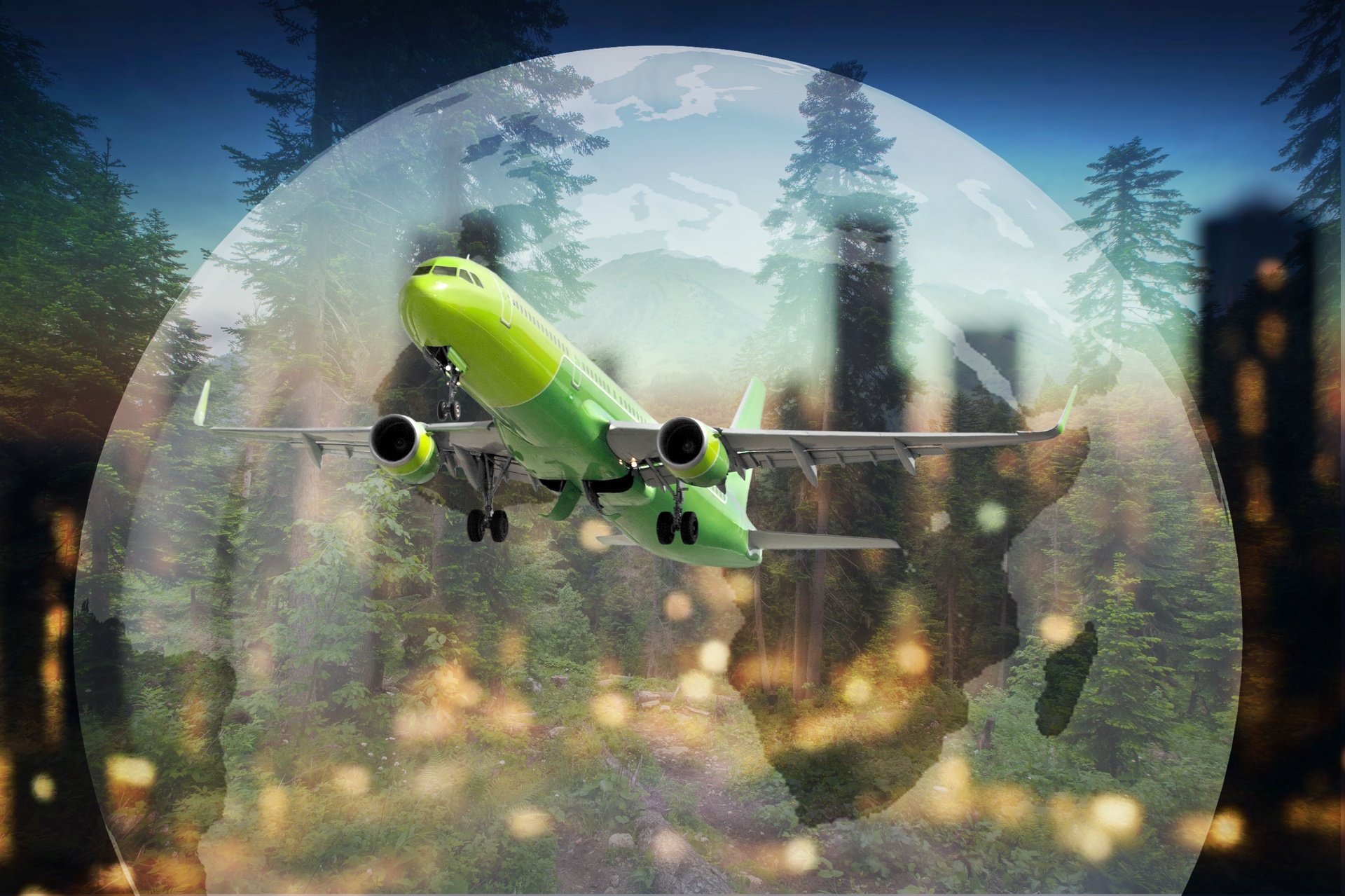As spot prices for shipments of liquefied natural gas soar, European countries are concerned about potential power shortages this winter – and are watching China closely as a critical part of the supply-demand equation.
Even two years ago, there were concerns about too many new LNG projects being developed, many without long-term offtake agreements in place. Spot prices were already weak in 2019, and the arrival of the Covid-19 pandemic continued this trend into 2020.
But the situation has dramatically reversed. More countries are reopening their economies as Covid-19 recedes, and global growth has bounced back faster than anticipated.
Against this background, China looks set to end the year as the world's largest importer of LNG, replacing Japan, which has held first position over the past 50 years.
Chinese demand for LNG is increasing in addition to supplies of piped gas from Russia, via the Power of Siberia pipline which began operation in December 2019.
Pipeline gas is much cheaper to deliver, and China has vast imports from Gazprom under a 30-year agreement, flowing into the Chinese pipeline network at the border with Heilongjiang province.
Supply contract
The contract with Gazprom is the world’s largest contract for gas supplies: 38 billion cubic metres of gas for 30 years, with the pipline reaching full capacity in 2025. On some days, Gazprom supplies gas in excess of the contractual obligations upon request.
Chinese entities are also shareholders in the Yamal LNG project led by Novatek (50.1%), together with CNPC (20%), French oil major Total (20%), and Silk Road Fund (9.9%). The project is based on the Yamal Peninsula, above the Arctic Circle, and utilizes the resources of the South Tambey Gas Field.
Icebreaking LNG carriers can transport the gas via the nothern route direct to Asia in the summer months. In winter the shipping goes west to LNG terminals in Europe, with onward transport to Asia via the Suez Canal.
Chinese and Japanese entities are also shareholders in the nearby Arctic LNG project, currently under construction. The shareholders are Novatek (60%), CNPC (10%), CNOOC (10%) Total Energies (10%), and the Japan Arctic LNG consortium of Mitsui & Co and JOGMEC (10%).
Last October Arctic LNG entered into long-term charter agreements on six Arc7 ice-class LNG tankers with PAO Sovcomflot and Mitsui O.S.K. Lines. The ships are being built at Daewoo Shipbuilding & Marine Engineering. This followed a previous charter agreement signed for 15 similar LNG carriers to be built at the Zvezda shipyard in Russia.
In addition to being a major customer of Yamal, China is also the biggest buyer of Australian LNG and a big customer of Qatargas.
Spot market deals
Market reports say that, with continued strong economic growth, plus some weather-related shortfall in renewables, Chinese firms including Sinopec have recently been in the spot market with some big orders for LNG cargoes for the winter.
These spot market transactions are having a knock-on effect in Europe, which has found itself in a difficult position as winter approaches.
Soaring wholesale gas prices are already leading to the collapse of small and poorly capitalized domestic electricity providers in the United Kingdom. Six have gone bust so far, and more are expected in the coming weeks.
And after major manufacturers of C02 (widely used in food industries) recently shut down production because gas prices were too high, the UK government stepped in with support.
More broadly, following a long and cold winter which ran into April, Europe has lagged behind in topping up its gas storage facilities.
The situation has been exacerbated by a confrontation with Russia over the Nordstream 2 pipeline, which runs alongside the existing pipeline.
US sanctions
The United States delayed the project with sanctions, threatening to shut companies out of the US market. President Joe Biden softened his position in May, and construction work on the pipeline has now been completed.
However, the European Union and Germany have yet to sign off on the licence to switch the pipeline on once it is ready to go.
Russia points out that the US$11 billion pipeline was built under an agreement with Germany. It appears that it is not inclined to help Europe out of its tight gas supply situation until the EU and Germany sign off on Nordstream 2.
Around half the capacity of the existing pipeline, which runs through the Baltic Sea from Vyborg, Russia to Lubmin, near Greifswald in Germany, flows under long-term supply agreements. But Russia has recently not been supplying much additional gas at spot rates.
Russia is also irritated by continuous pronouncements on green transition from EU politicians, who attack gas as a dirty fossil fuel while not having any realistic plans to replace it.
Long winter
In a speech delivered on September 17, Gazprom chief executive officer Alexey Miller argued that natural gas has a key role to play in sustainable development, and aimed a few barbs at Europe, saying that the situation with underground storage in the EU last winter "gives us plenty of food for thought".
An all-time record-high amount of gas – 66 billion cubic metres – was withdrawn from the EU's working gas inventories during the winter of 2020–2021. As a result of the cold and long winter, the period of injecting gas into underground storage began a full three weeks later than usual in Europe.
Given that the amounts withdrawn in the previous winter need to be 100% replenished by the end of the injection period, the gap from last year is almost 23 billion cubic metres. Europe is going to enter the autumn/winter period with a shortage in its underground gas storage facilities. The question is, how big is the shortage going to be?
Miller noted that the current situation is affecting prices, and we are seeing the prices in Europe breaking all kinds of records.
He took time to note the growing importance of the Asian market. According to forecasts up to 2040, consumption in the region will grow by 1.5 trillion cubic metres of gas, of which 60% will be imported.
Dynamic markets
The Chinese market is the most dynamic and fast-growing one. In the first half of the year, natural gas consumption in China grew by 15.5%. The volume of imports increased by 23.8 %. This means that China’s projected consumption based on the results of 2021 will amount to 360 billion cubic metres, and the volume of imports will total 160 billion cubic metres. Moreover, the annual volume of gas imports is expected to reach 300 billion cubic metres within 15 years.
The message from Miller to Europe seems to be that Asia looks to be a faster growing and more attractive market, especially given the never-ending political arguments and delays to Nordstream 2.
In the end, the weather in China and Europe will have the most influence on how this winter's gas supply situation turns out. But there is plenty of scope for tension in the coming months between Europe and Russia, as it decides whether to increase pipeline flows to Europe, or focus on what it views as more reliable long-term customers in Asia.








